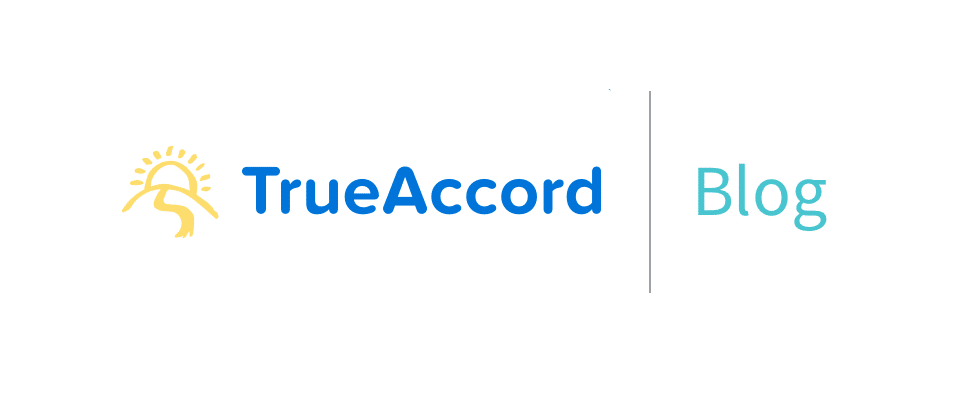If you need to file for bankruptcy as your only option, we’re sorry to hear that. It’s never fun to be at a point where this is your only option. This is also a confusing time – not only are you in a tough financial spot, there’s also a lot to learn and decide on. Here, we tried to put together a few resources to help you choose and understand the process better.
Choose the right type of bankruptcy
Before you file for bankruptcy, you’ll need to choose between Chapter 7 or Chapter 13. The most popular form of bankruptcy, Chapter 7, is also called liquidation bankruptcy. It entails selling (liquidating) assets to pay back creditors and may or may not, have a monthly payment component. Chapter 13 is a debt consolidation plan. The debtor is required to pay a trustee who will, in turn, pay creditors monthly. Candidates for Chapter 13 are usually higher income individuals and are required to have unsecured debt of less than $383,175 or secured debt not exceeding $1,149,525.
Take the means test
Start by taking the the bankruptcy Means Test to determine if Chapter 7 or Chapter 13 is right for you. To fill out the form, you’ll need a completed copy of Chapter 7 Statement of Your Current Monthly Income (Official Form 22A-1), you’ll also have to decide if you’re filing as an individual or married couple. This test was primarily designed to keep debtors with high incomes from filing for Chapter 7. Those with high incomes may use Chapter 13 to repay a portion of their debts, but may not use Chapter 7 to wipe it out completely.
Now that you’ve taken the Means Test and have chosen the correct bankruptcy, it’s time to get the paperwork together and get down to a bankruptcy court near you.
To file for bankruptcy on a Chapter 7 petition:
- File a petition with the bankruptcy court serving the area where you live.
- In addition to the petition, you must also file with the court:
- Schedules of assets and liabilities
- A schedule of current income and expenditures
- A statement of financial affairs
- A schedule of executory contracts and unexpired leases. Fed. R. Bankr. P. 1007(b).
- You must also provide the assigned case trustee with a copy of the tax return or transcripts for the most recent tax year as well as tax returns filed during the case.
- You must pay court and administrative fees of $320 upon filing the bankruptcy petition.
To file for bankruptcy on a Chapter 13 petition:
- File a petition with the bankruptcy court serving the area where you live.
- In addition to the petition, you must also file with the court:
- Schedules of assets and liabilities.
- A schedule of current income and expenditures.
- A schedule of executory contracts and unexpired leases.
- A statement of financial affairs. Fed. R. Bankr. P. 1007(b).
- You must also file a certificate of credit counseling and a copy of any debt repayment plan developed through credit counseling
- Evidence of payment from employers, if any, received 60 days before filing.
- A statement of monthly net income and any anticipated increase in income or expenses after filing.
- A record of any interest you have in federal or state qualified education or tuition accounts. 11 U.S.C. 521.
- You must provide the chapter 13 case trustee with a copy of the tax return or transcripts for the most recent tax year as well as tax returns filed during the case (including tax returns for prior years that had not been filed when the case began).
- Court and administrative fees of $310 must be paid to the court clerk upon filing the bankruptcy petition.
Beyond filing a petition for bankruptcy, depending on the specifics of your case, you may need to hire an attorney, an accountant, pay for a debt counselor and a trustee. You’re effectively a project manager handling the coordination and paperwork between these individuals, as well as the court.
What TrueAccord can do for you before you file for bankruptcy
It’s important to know that the red tape, fees and long range repercussions associated with bankruptcy is not inevitable. TrueAccord can work with you to repay your debt without getting the courts involved. With TrueAccord you can view your balance and payments, file a dispute online, set up a payment plan and pay your bill safely and easily. Learn more about how we can help.
